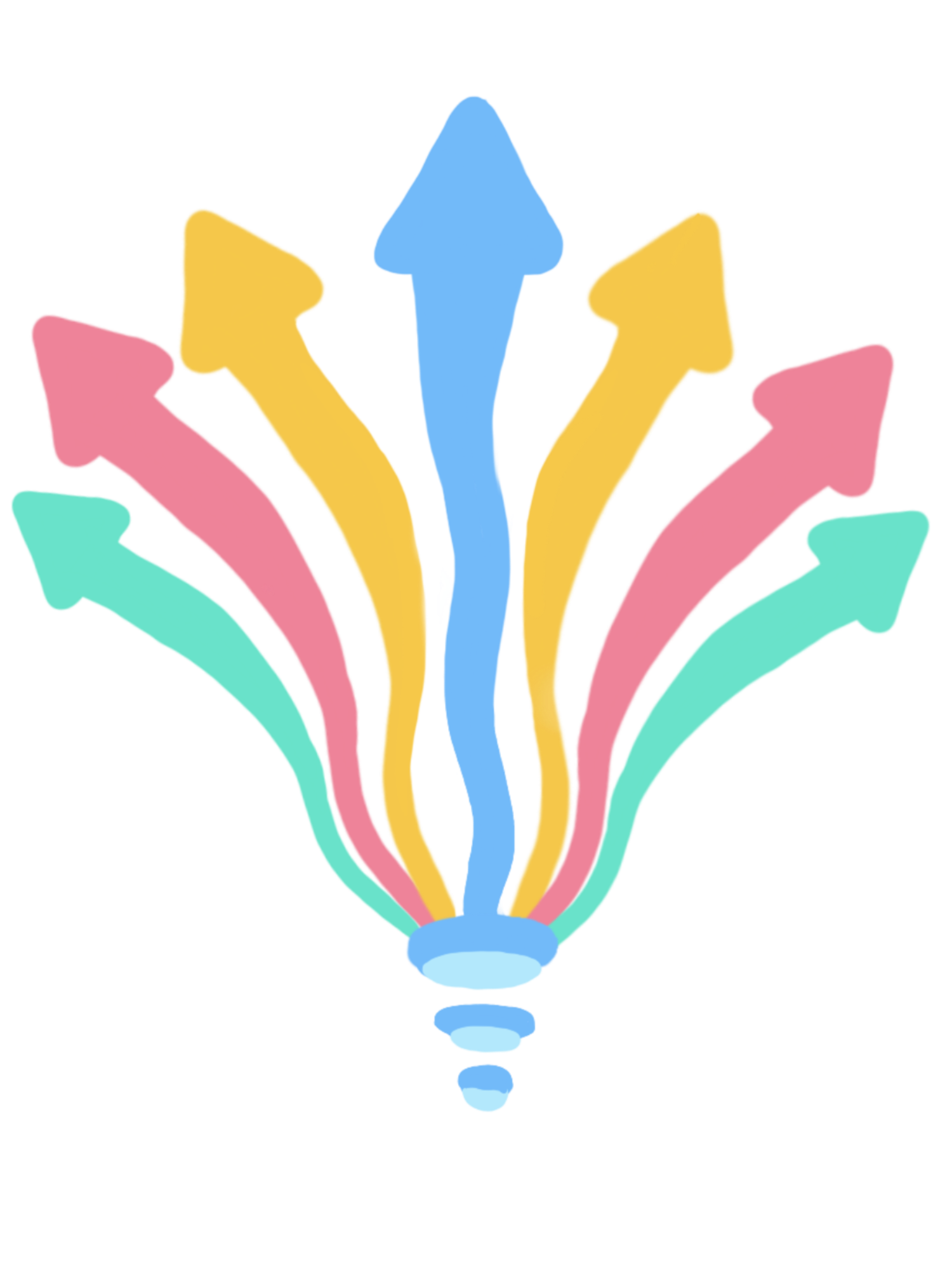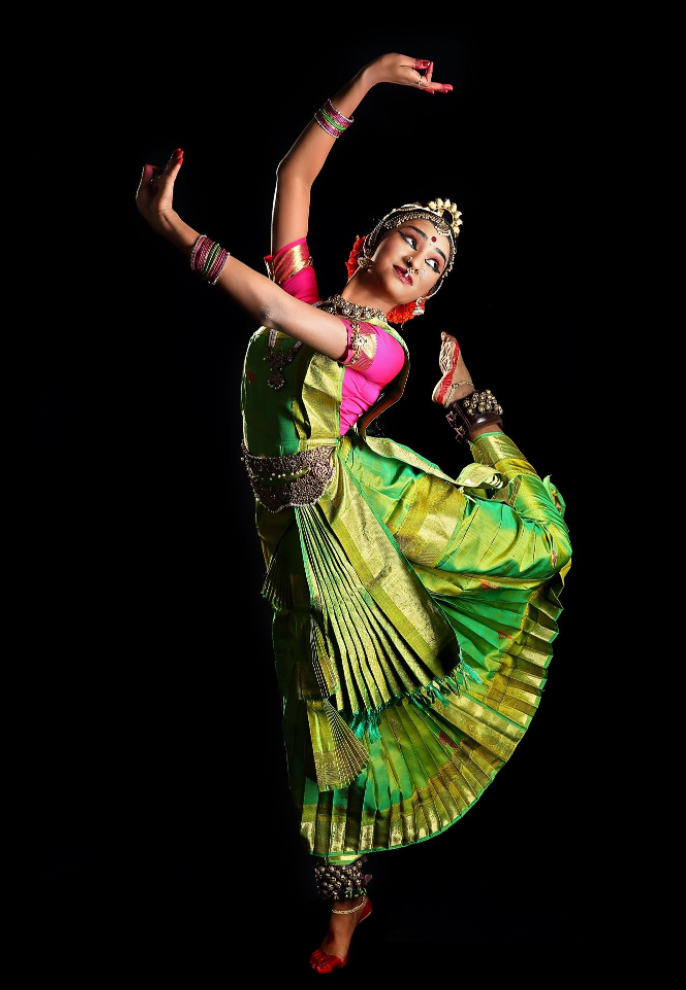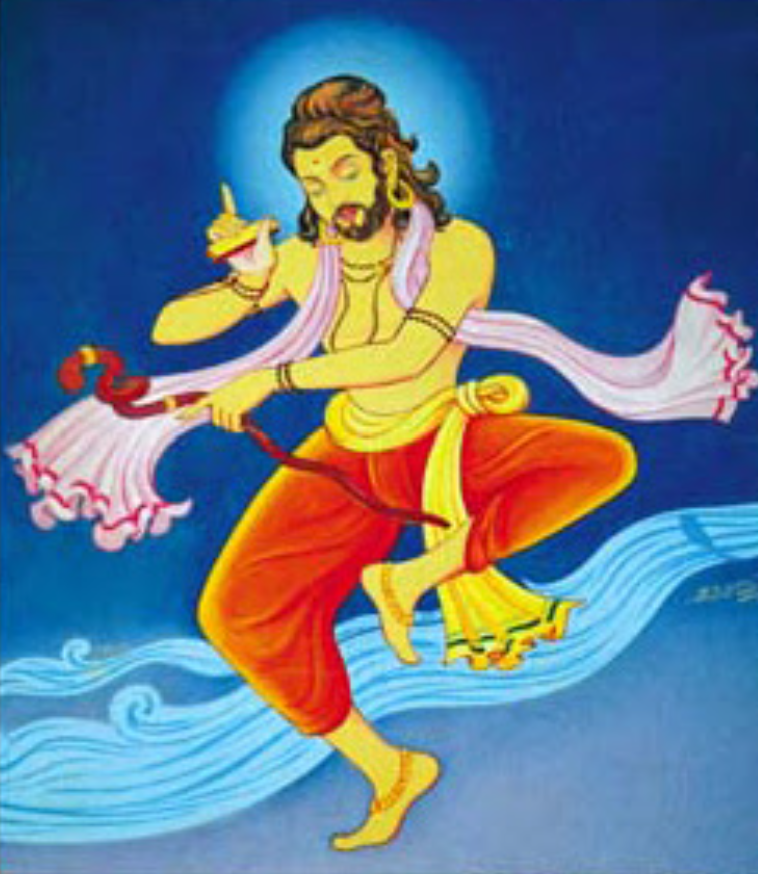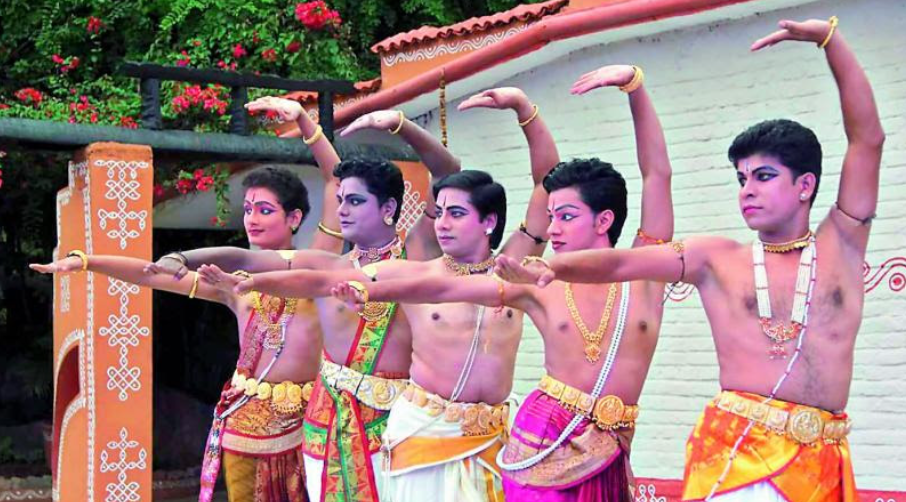The History of Kuchipudi: An Indian Classical Dance Form
Throughout India, there are a diverse range of arts, and even dance forms. The ten most popular classical dance styles include Kathak, Bharatanatyam, and Kuchipudi. Kuchipudi, in particular, is more common in Andhra Pradesh, a state within India.
The origins of Kuchipudi are traced back to Kuchipudi (also called Kuchelapuram), a small village in Andhra Pradesh. This dance form has been around since the Bhakti Movement from approximately the seventh century A.D. However, it was not as widespread at that time. In fact, it did not become more prominent until the 14th century when Siddhendra Yogi became a leading figure of the dance form.
Something important to note is that Kuchipudi has evolved over time. Today, when people search up “kuchipudi,” the pictures associated with that are mostly female. Yet, Kuchipudi began as an art for men of the time, who would go traveling from village to village to perform for the people.
Even though performances often called for female roles (as performances were based upon Hindu mythology), the men would be able to perform it. This disparity lasted for a long time, as women have only participated in Kuchipudi classical dances since the past ten decades. Now, women outnumber the men. Another difference is that dances were originally performed in ensembles, but after solos were introduced, solos are being performed as well, allowing one person to portray several characters at once.
Most of the modern key changes are attributed to Vedanta Lakshmi Narayana Sastri, pictured above, who in the 1900s, introduced women to the dance, started solo choreographies, and opened the dance form up to various castes (Brahmins were the original caste to take part in this style of dance). History aside, the dance form today is being practiced in America, too, as people young and old (largely from India) continue to diffuse the dance through dance schools and community performances.






